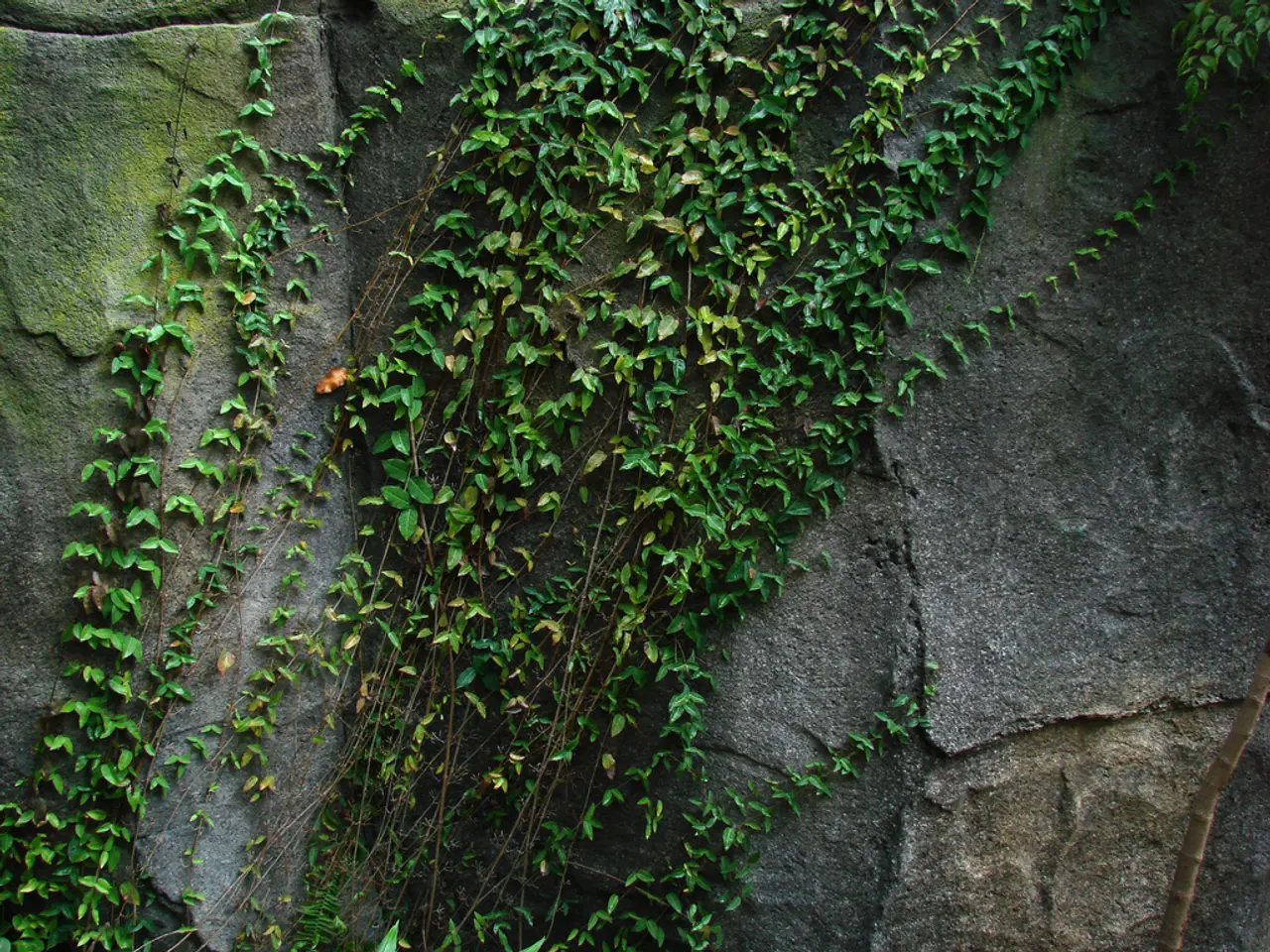Harmful Algal Blooms: Strategies for Management and Eradication
In the world of marine aquariums, keeping algae at bay is a common challenge for hobbyists. Effective management relies on a multi-faceted approach that combines biological, mechanical, and chemical strategies, tailored to the specific type of algae involved.
One of the most effective methods is establishing a strong cleanup crew, comprising herbivorous animals specifically suited to graze on various algae types. For instance, Trochus, Astrea, and Nerite Snails are ideal for controlling Green Film Algae, while Emerald Crabs, Turbo Snails, and Lawnmower Blenny are effective against Hair Algae. Cerith Snails and Nassarius Snails are useful for managing Diatoms, and Emerald Crabs can help with Bubble Algae, alongside manual removal. Larger tanks can benefit from Tangs and Urchins for controlling Turf Algae [1].
Maintaining proper water quality and nutrient levels is another crucial aspect. Algae thrive on excess nutrients, particularly nitrates and phosphates. Aim for nitrate levels around 5-15 parts per million (ppm), ensuring corals have some nutrients, while keeping phosphate levels low. This can be achieved by avoiding overfeeding, ensuring good water flow, and conducting regular water changes (10-20% monthly) [1][5].
Mechanical and manual removal are essential for preventing algae buildup. Regularly scraping algae off aquarium glass and surfaces prevents accumulation, and for stubborn algae like Bubble Algae, manual removal combined with a cleanup crew is necessary [1][5].
Advanced aquarists can employ algae reactors, such as algae scrubbers or reactors that grow algae like Chaetomorpha externally or in sumps. These devices naturally absorb nitrates and phosphates from the water, helping reduce nuisance algae in the display tank [4].
Regulating lighting duration and intensity, controlling water parameters, and monitoring for imbalances are also key to preventing algae blooms. Regularly checking nitrate, phosphate, and pH levels allows early detection of conditions favouring algae [2][5].
In cases of resistant algae outbreaks or Cyanobacteria, targeted chemical treatments may be necessary. However, these should be used sparingly due to potential impacts on the aquarium's biological balance [1].
In summary, an integrated approach combining a suitable cleanup crew, nutrient and flow management, manual removal, and possibly algae scrubbers is the most effective and sustainable way to control and manage various algae types in a marine aquarium [1][4][5].
In the realm of marine aquarium maintenance, science plays a significant role in understanding and managing algae, for instance, by selecting the right species like Trochus, Astrea, and Nerite Snails to control Green Film Algae. Simultaneously, maintaining proper nutrition and health-and-wellness of aquarium inhabitants requires careful management of water quality and nutrient levels, such as keeping nitrate levels around 5-15 parts per million (ppm) and phosphate levels low.




